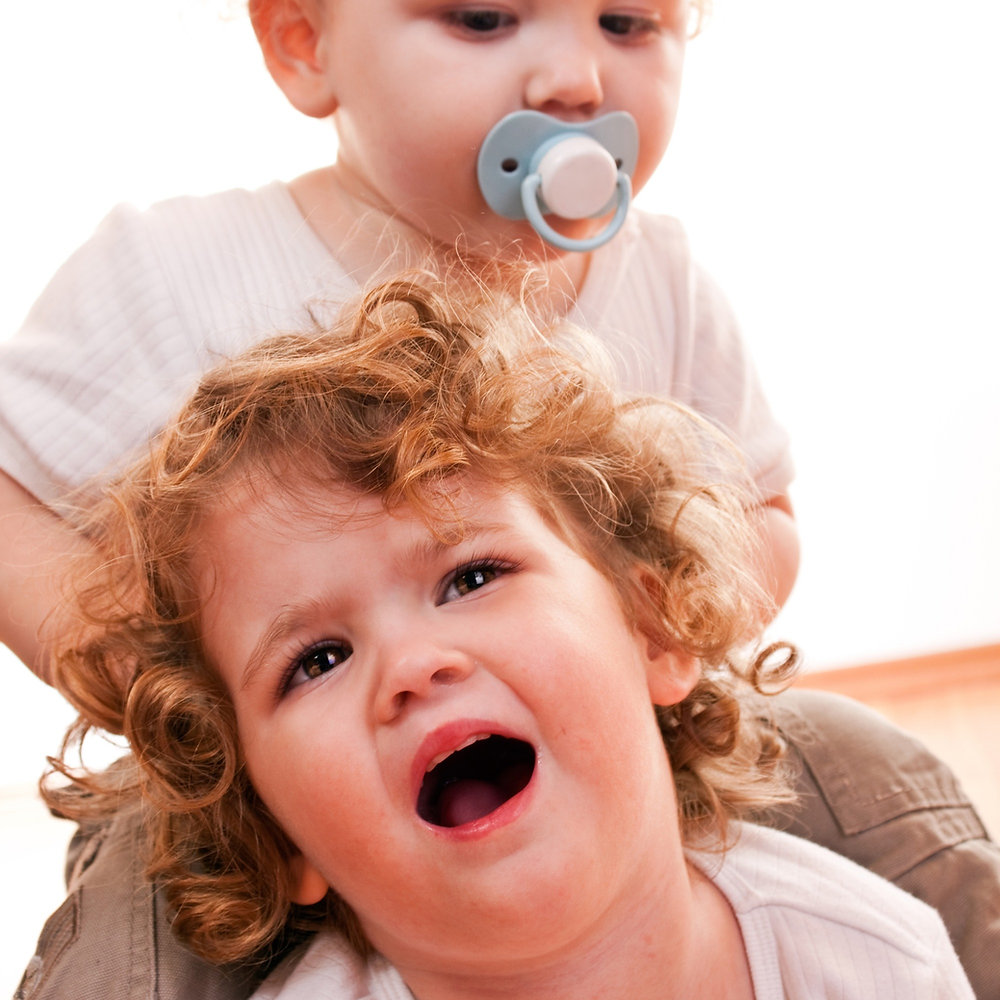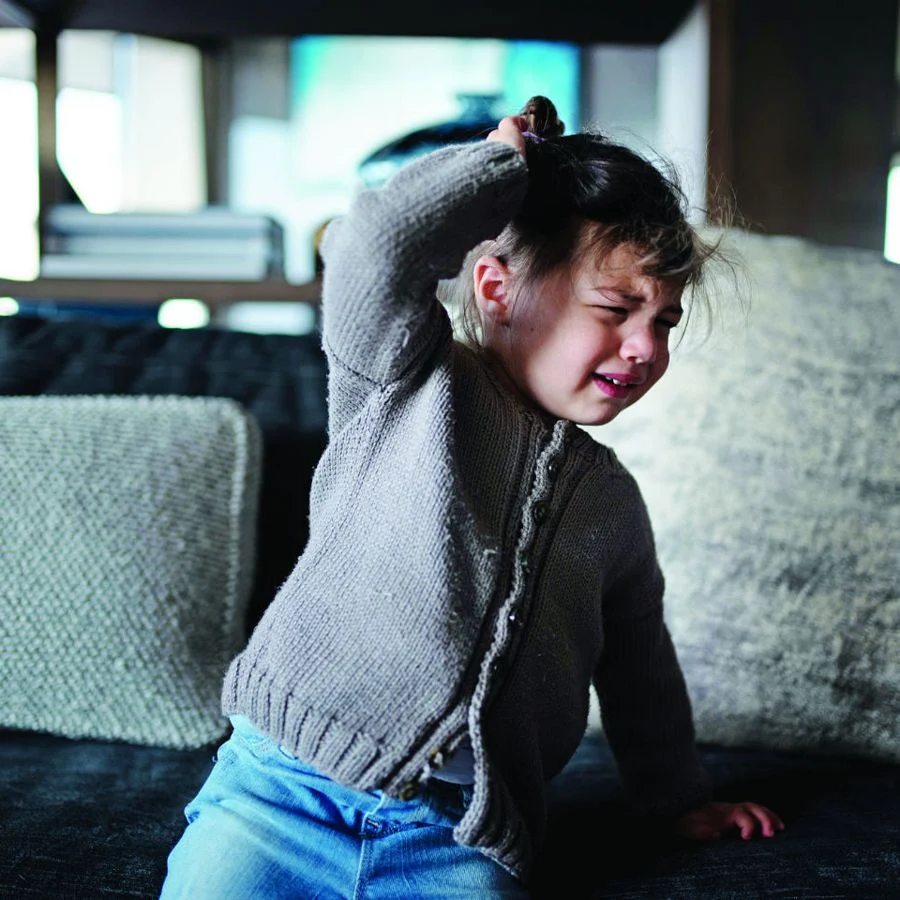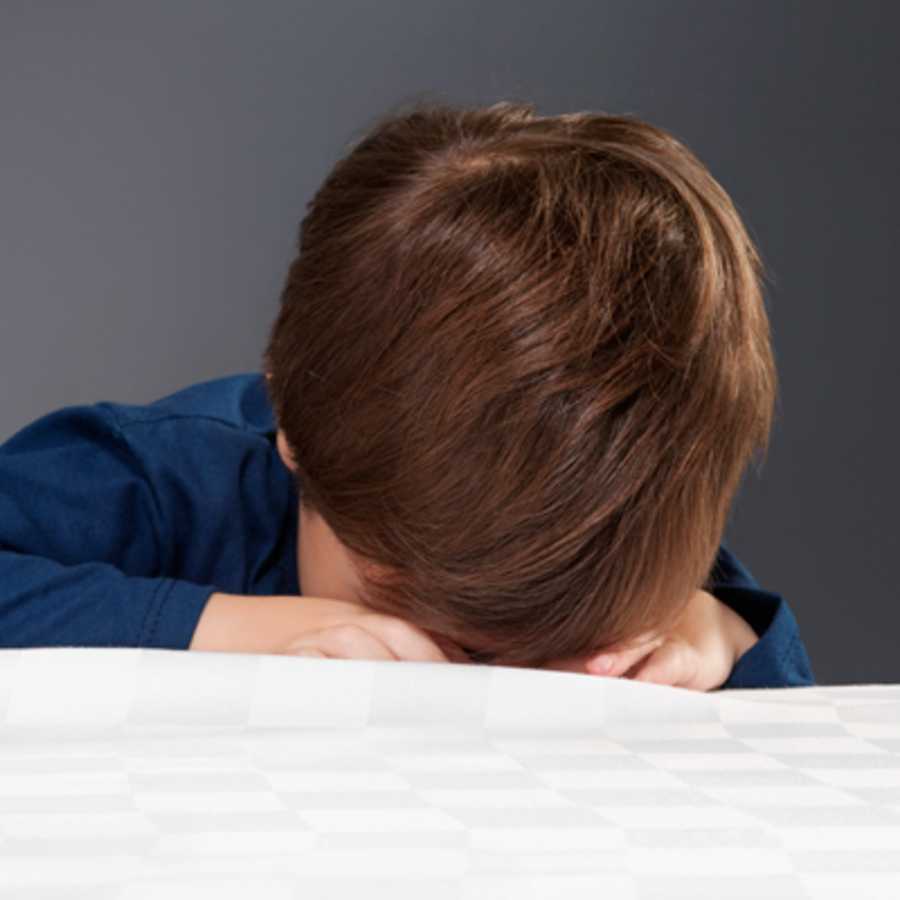I. Introduction

A. Definition of head banging in toddlers
Head banging is a type of self-stimulatory behavior that is typically seen in children between the ages of 6 months and 2 years. It usually occurs at bedtime or naptime and may accompany other soothing behaviors, such as thumb sucking or rocking.
B. Common Triggers head banging in toddlers
There are a variety of reasons why a toddler may engage in head banging. It can be a way for them to self-soothe and cope with feelings of anxiety or frustration. It may also be a response to overstimulation or a lack of attention from caregivers.
C. Importance of Understanding and Addressing head banging in toddlers
It is crucial for parents and caregivers to have a good understanding of head banging in toddlers in order to respond to it in a calm and appropriate manner. This behavior can be distressing, but it is important to recognize that it is often a normal phase of development that the child will eventually outgrow.
II. Understanding head banging in toddlers
A. Developmental Factors Contributing to Head Banging
Toddlers are at a stage of rapid brain development and exploration of the world around them. They are learning to regulate their emotions and may not yet have the language skills to express themselves adequately. This can lead to behaviors such as head banging as a way to cope with emotions or sensory overload.
B. Communication Challenges in Toddlers
Toddlers may lack the verbal skills to communicate their needs and feelings effectively. This can lead to frustration and anxiety, which may manifest as head banging or other self-soothing behaviors.
C. Emotional Regulation in Toddlers
Toddlers are still developing the ability to regulate their emotions. They may become overwhelmed by strong feelings and not know how to cope with them in a healthy way, leading to behaviors like head banging.
III. Identifying Triggers and Patterns OF head banging in toddlers
A. Observing and Documenting the Behavior
The first step in addressing head banging behavior is to carefully observe and document the behavior. Take note of when and where the head banging occurs, what seems to trigger it, and how often it happens. This can provide valuable insight into the underlying causes of the behavior.
B. Identifying Triggers and Underlying Causes
Once you have observed and documented the behavior, it’s time to identify triggers and underlying causes. Common triggers for head banging can include frustration, boredom, overstimulation, or a need for attention. It’s important to look for patterns and see if there are specific situations or times of day when the behavior tends to occur.
C. Recognizing Patterns and Frequency of Head Banging Episodes
Recognizing patterns and frequency of head banging episodes can help in understanding the behavior. For example, if head banging tends to happen when the child is tired or hungry, it may be a sign that they are using this behavior as a way to communicate their needs. It’s also important to note how often the behavior occurs, as frequent or severe head banging may warrant medical attention.
IV. Strategies for Managing Head Banging
A. Providing Safe and Soft Environment
One of the most important strategies for managing head banging is to provide a safe and soft environment. This may include using padded surfaces, removing any hard or sharp objects from the area, and ensuring that the child is not at risk of injuring themselves during a head banging episode.
B. Encouraging Alternative Ways of Expression
It’s also important to encourage alternative ways of expression for the child. This could include teaching them calming techniques such as deep breathing or providing them with sensory toys or tools to help regulate their emotions. By giving the child alternative ways to express themselves, you can help them find healthier ways of coping with their emotions.
C. Consistency and Positive Reinforcement
Consistency and positive reinforcement are key in managing head banging behavior. It’s important to respond to the behavior calmly and consistently, providing comfort and reassurance to the child. Additionally, using positive reinforcement when the child uses alternative coping strategies can help encourage more adaptive behavior over time.
V. Seeking Professional Help about head banging in toddlers
In today’s society, there is a growing awareness of the importance of mental health, especially in children. As a parent or caregiver, it is essential to recognize when to seek professional help for your child’s emotional and behavioral well-being. In this blog post, we will discuss the signs that indicate the need for professional assistance, the role of pediatricians and child psychologists in addressing mental health concerns, and the various therapeutic interventions available for children in need.
A. Understanding When to Seek Professional Assistance

It can be challenging for parents to determine when their child’s emotional or behavioral issues require professional intervention. However, there are specific signs that indicate the need for professional help. These may include persistent sadness, intense worrying, frequent outbursts of anger, extreme mood swings, difficulty concentrating, changes in sleeping or eating habits, and social withdrawal. Additionally, if a child’s behavior significantly interferes with their daily activities, academic performance, or relationships with others, it is crucial to seek professional assistance.
Other indicators that suggest the need for professional help include a traumatic experience, such as the loss of a loved one, physical or emotional abuse, or witnessing a traumatic event, as well as persistent physical complaints with no medical cause, such as headaches or stomachaches. It is essential for parents to trust their instincts and seek help if they have concerns about their child’s mental health.
B. Consulting with Pediatricians or Child Psychologists
When it comes to addressing children’s mental health concerns, pediatricians and child psychologists play vital roles in the assessment, diagnosis, and treatment of emotional and behavioral issues. Pediatricians are often the first point of contact for parents seeking assistance for their child’s mental health. They can conduct initial screenings, provide referrals to mental health professionals, and monitor the child’s physical health in the context of their emotional well-being.
Child psychologists, on the other hand, specialize in understanding children’s thoughts, feelings, and behaviors. They are trained to assess and diagnose mental health disorders in children and provide evidence-based treatments, such as cognitive-behavioral therapy (CBT), play therapy, or family therapy. Child psychologists work collaboratively with parents and caregivers to develop personalized treatment plans that address the child’s specific needs.
When consulting with pediatricians or child psychologists, parents should openly communicate their concerns and observations about their child’s behavior, emotions, and any life events that may have impacted their mental health. This information can help professionals make an accurate assessment and recommend appropriate interventions.
C. Exploring Therapeutic Interventions
There are various therapeutic interventions available to support children’s mental health and well-being. These interventions are evidence-based and tailored to meet the unique needs of each child. Some of the most common therapeutic approaches for children include:
- Cognitive-Behavioral Therapy (CBT): CBT is a structured, short-term therapy focused on helping children identify and change negative thought patterns and behaviors. It is effective in treating anxiety disorders, depression, and trauma-related symptoms in children.
- Play Therapy: Play therapy is a form of psychotherapy that uses play to communicate with and help children, especially those who may not have the language skills to express their thoughts and feelings verbally. Through play, children can explore their emotions, develop problem-solving skills, and build coping mechanisms.
- Family Therapy: Family therapy involves working with the entire family to improve communication, resolve conflicts, and create a supportive environment for the child. It is beneficial for addressing family dynamics that may contribute to a child’s emotional or behavioral difficulties.
- Mindfulness-Based Interventions: Mindfulness practices, such as deep breathing exercises and guided imagery, can help children manage stress, improve focus and attention, and regulate their emotions. Mindfulness-based interventions are particularly beneficial for children with anxiety or attention-deficit/hyperactivity disorder (ADHD).
In addition to these interventions, some children may benefit from medication management for mental health disorders, especially when symptoms significantly impair their functioning. However, medication should always be prescribed and monitored by a qualified child psychiatrist or psychiatric nurse practitioner in conjunction with therapy.
In conclusion, seeking professional help for a child’s mental health is a crucial step in supporting their overall well-being. By understanding the signs that indicate the need for professional assistance, consulting with pediatricians or child psychologists, and exploring therapeutic interventions, parents can take proactive steps to address their child’s emotional and behavioral concerns effectively. It is essential to remember that early intervention and ongoing support can make a significant difference in a child’s mental health journey. If you have concerns about your child’s mental health, do not hesitate to reach out to trusted professionals for guidance and support.

